Traditional Asian Tattoos: Tattoo Cultures of Asia
25 May, 2023For centuries, tattoos have played an important role in the different cultures of Asia. From Japan to the Philippines, tattooing has been a way for people to express their cultural and religious identities, commemorate important events, and even protect themselves from harm.
Traditional Asian tattoos are rich in symbolism and meaning, with designs ranging from mythological creatures to floral motifs to religious symbols. However, as with many traditional practices, Asian tattoo cultures are also facing challenges in the modern era, such as stigmatization and cultural appropriation.
In this article, we will explore the diverse tattoo cultures of Asia, their historical and cultural significance, and the challenges they face in the 21st century.
Tattooing Traditions in Different Asian Countries
Japan
Traditional Japanese tattoos, also known as Irezumi, have a rich history dating back thousands of years. The practice was first introduced to Japan by Chinese immigrants in the 3rd century and was primarily used for decorative and ritual purposes.
But during the Edo period (1603-1868), irezumi became associated with criminality and was banned by the government, leading to the development of underground tattoo culture.
Despite the ban, irezumi tattoos continued to thrive in Japan, particularly among the working class and yakuza (Japanese mafia) members. Tattoos were used to signify loyalty to a particular group and display one's strength and courage. Irezumi also had cultural significance, with many designs depicting mythical creatures, Japanese folklore, historical figures, and religious symbols.
In the 19th century, irezumi gained popularity among Westerners who visited Japan and were fascinated by the exotic art form. This led to the creation of new styles and techniques, such as full-body tattoos (bodysuits) and color ink rather than just black ink in this Japanese art.
Today, Japanese tattooing is recognized as one of the most intricate and visually stunning forms of tattoo art in the world. The cultural significance of irezumi has evolved over time.
While tattoos were once associated with criminality and yakuza culture, they are now more widely accepted as a part of Japanese culture. Many young people in Japan today view tattoos as a form of self-expression and individuality, rather than a symbol of gang membership.
But there are still some societal stigmas surrounding tattoos, particularly in certain professions and among older generations.
China
Tattooing has a long history in China, dating back to the Neolithic period. During the Ming dynasty (1368-1644), tattooing became a popular art form, with designs ranging from simple symbols to intricate scenes of mythological creatures and landscapes. Tattoos were used to signify social status, military rank, and religious devotion.
However, the popularity of tattooing declined in China during the Qing dynasty (1644-1912), when the government began associating tattoos with criminality and banned the practice. This led to a decline in traditional Chinese tattooing, although some groups, such as the Dai people of Yunnan Province, continued to practice this body art in secret.
In recent years, there has been a resurgence of interest in traditional Chinese tattooing, particularly among young people who are drawn to the art form's rich cultural history. Contemporary Chinesetattoo artists, such as Zhuo Dan Ting, have gained international recognition for their unique and intricate designs, which combine traditional Chinesemotifs with modern techniques.
One of the most popular styles of Chinese tattooing is the "watercolor" style, which uses vibrant colors and fluid lines to create a dreamy, ethereal effect. It’s critical to follow a strict aftercare regimen with high-quality products to ensure these beautiful colors heal strong and last over the years. This style is often used to depict traditional Chinese symbols, such as dragons, Foo dogs, and koi fish tattoos (carp), as well as more modern designs.
While Chinese tattooing has faced challenges over the centuries, it continues to be a vibrant and evolving art form. Today, there is a growing appreciation for traditional Chinese tattooing, as well as a willingness to explore new styles and techniques. As with other forms of tattooing, Chinese tattooing has become a way for people to express their individuality and cultural identity.
Southeast Asia:
Southeast Asia has a rich history of tattooing that dates back thousands of years. In many Southeast Asian cultures, tattoos were believed to have magical and protective powers and were used to ward off evil spirits, protect against disease, and ensure success in battle.
One of the most well-known forms of Southeast Asian tattooing is the Sak Yant tattoo, which originated in Thailand and is considered a form of Buddhist tattooing. Sak Yant tattoos are created using a traditional hand-poking technique and are believed to bestow the wearer with special powers, such as protection from harm and the ability to attract wealth and good fortune.
This style of tattooing is reported to be quite painful, to say the least, but with the right numbing cream you won't be as bothered by the experience. Many Sak Yant tattoos feature traditional Buddhist symbols, such as lotus flowers, dragons, and sacred scripts.
Tribal tattooing in the Philippines is also notable for its intricate designs and patterns, often featuring geometric shapes, animals, and mythical creatures. These tattoos are believed to have spiritual significance and are used to convey strength, courage, and wisdom.
Across Southeast Asia, traditional tattooing has faced challenges in the modern era, with many younger generations opting for more Westernized forms of tattooing. However, there has been a recent resurgence of interest in traditional tattooing among younger generations, particularly in Thailand and the Philippines.
Cultural Symbolism and Meaning Behind Asian Tattoos
Asian tattoos are known for their intricate and symbolic designs, with each culture and region having unique styles and meanings. From Japanese dragon tattoos to the cherry blossommotifs of Chinese tattoos, these designs are steeped in cultural and historical significance.
Japanese tattoo designs often feature mythological creatures, such as dragons, which symbolize power, wisdom, and good fortune. These creatures are depicted with scales, horns, and other ornate details that make them look fierce and powerful.
Other popular mythological creatures in Japanese traditional tattoos include the phoenix, a symbol of rebirth and renewal, and the koi fish, representing perseverance and determination.
On the other hand, Chinese tattoos often feature floral motifs with significant cultural and symbolic meanings. For example, the peony is a popular flower in Chinese tattoos, representing wealth, prosperity, and happiness. The lotus flower grows in muddy waters but emerges pure and beautiful; it is also a common motif and symbolizes purity and enlightenment.
In Southeast Asia, religious symbols are often featured in tattoos, particularly in Sak Yant tattoos. These tattoos often feature sacred scripts and symbols from Buddhist and Hindu traditions, such as the Om symbol, the Buddha's eyes, and the lotus flower. Each symbol has its own specific meaning, with the Om symbol representing the universe and the Buddha's eyes symbolizing wisdom and compassion.
In the Philippines, tribal designs are a popular form of tattooing, with each tribe having its own unique designs and meanings. These tattoos are used to signify social status, religious beliefs, and cultural identity.
For example, the Kalinga people of the Cordillera region in the northern Philippines are known for their intricate tribal tattoos, which are believed to protect against evil spirits and bestow courage and strength.
The Modernization and Evolution of Asian Tattoo Culture
The art of tattooing in Asia has undergone significant evolution and modernization in recent years, driven in part by the impact of globalization and the emergence of contemporary Asian tattoo artists. The intersection of traditional and modern tattoo styles has resulted in a fusion of techniques and designs unique to each Asian country and culture.
One major impact of globalization on traditional Asian tattoo cultures has been the increasing popularity of Western tattoo styles and techniques. As younger generations in Asia become more exposed to global tattoo trends, they are increasingly drawn to more modern and Westernized tattoo styles.
This has led to a decline in the popularity of traditional Asian tattooing techniques, such as the hand-poking method used in Sak Yant tattoos. Contemporary Asian tattoo artists have also played a significant role in the evolution of Asian tattoo culture.
These artists have brought new techniques and styles to the industry, combining traditional Asian designs with modern elements to create new and innovative tattoo styles. For example, Japanese tattoo artists are known for incorporating Western-style shading techniques into traditional Japanese irezumi designs, resulting in more realistic and three-dimensional tattoos.
Contemporary Asian tattoo artists have also significantly impacted the global tattoo industry, with many artists from Japan, China, and Southeast Asia gaining international recognition for their work. These artists have helped to bring greater visibility to Asian tattoo culture, helping to preserve and promote traditional techniques and designs.
The fusion of traditional and modern tattoo styles is also evident in the work of many contemporary Asian tattoo artists. For example, some Japanese tattoo artists are known for combining traditional Japanese irezumi designs with modern graphic design elements, resulting in traditional and contemporary tattoos.
In China, some artists are known for blending traditional Chinese ink painting techniques with Western-style tattooing, resulting in both artistic and meaningful tattoos.
Controversies and Challenges in Asian Tattoo Culture
While Asian tattoo culture has a rich history and continues to evolve, some controversies and challenges must be addressed. One of the most significant challenges is the stigma surrounding tattoos in some Asian societies.
For example, tattoos are often associated with the Yakuza or Japanese mafia in Japan. People with tattoos may face discrimination in certain settings, such as at public baths or hot springs. In China, tattoos are often associated with criminality, and people with tattoos may face similar stigmatization.
Another challenge facing Asian tattoo culture is the issue of cultural appropriation and misinterpretation of traditional Asian tattoo designs. Western tattoo artists have been known to appropriate traditional Asian tattoo designs without fully understanding their cultural significance, leading to often inaccurate or offensive designs.
For example, the use of the Japanese Rising Sun flag in tattoos is considered highly offensive by many Japanese people due to its association with Japan's imperialist past. Health and safety concerns are also prevalent in some Southeast Asian countries where tattoo practices are unregulated.
Unsanitary tattoo practices can lead to infections and the spread of diseases such as HIV and Hepatitis B and C. In countries like Thailand, where Sak Yant tattoos are popular among tourists, there have been reports of unlicensed tattoo artists using unsterilized equipment and ink, putting their clients at risk.
To address these challenges, there are ongoing efforts to promote safe and regulated tattoo practices and educate people on the cultural significance of traditional Asian tattoo designs. There has been a growing movement in Japan to challenge the stigma surrounding tattoos, with some hot springs and public baths relaxing their policies towards tattooed customers.
In Thailand, there are efforts to regulate the tattoo industry and ensure that tattoo artists are properly trained and licensed.
In Conclusion
The history and culture of Asian tattooing are rich and diverse, with each country and region having its own unique style and symbolism. From the intricate and mythical designs of Japanese irezumi to the bold and vibrant tribal designs of the Philippines, Asian tattoo culture has a deep and complex significance that reflects the beliefs and values of its people.
While there are controversies and challenges facing Asian tattoo culture, such as stigma, cultural appropriation, and health and safety concerns, efforts are being made to promote safe and regulated practices, educate people on the cultural significance of traditional designs, and challenge negative attitudes towards tattoos.
As Asian tattoo culture continues to evolve and adapt in the modern world, it remains a powerful and meaningful expression of identity and cultural heritage.
Sources:
Japanese History: Edo | Japan Guide
Yakuza - Past and Present | OJP.gov
Try risk-free & save with the Essential Sets


Daily Defense Set





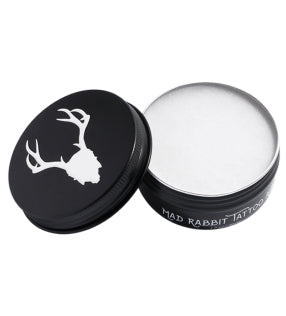

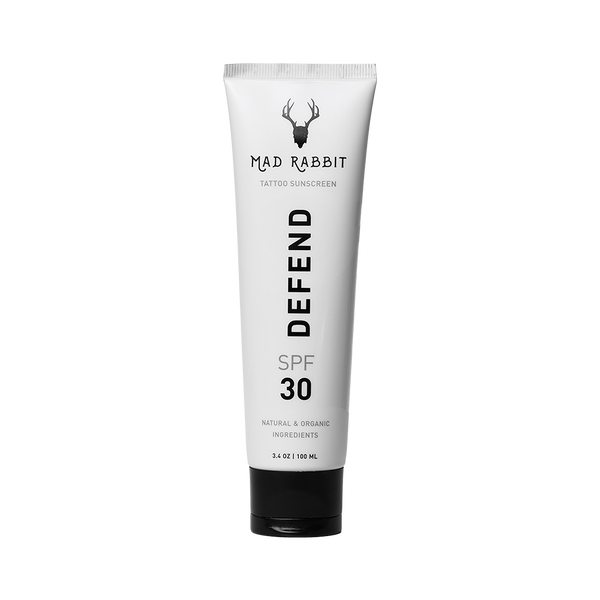

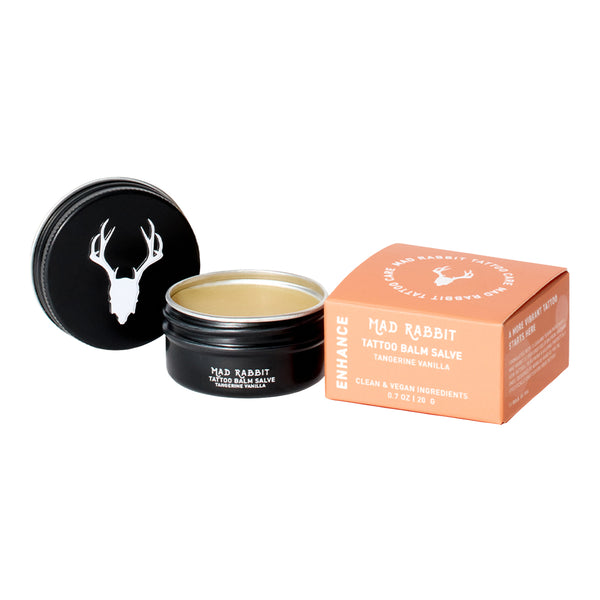

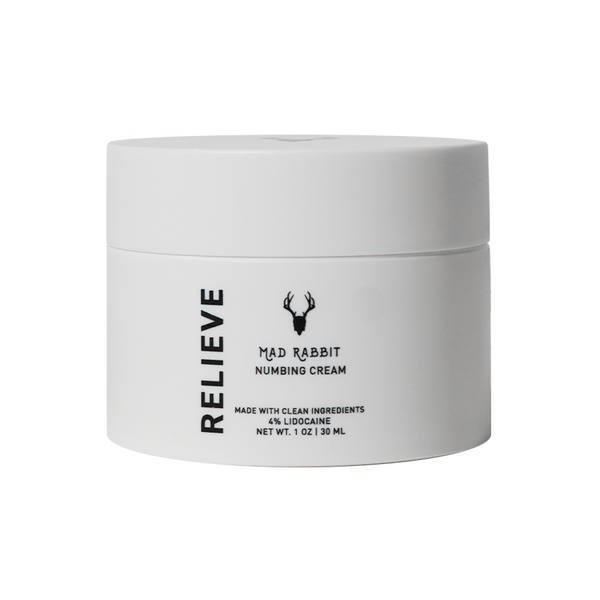












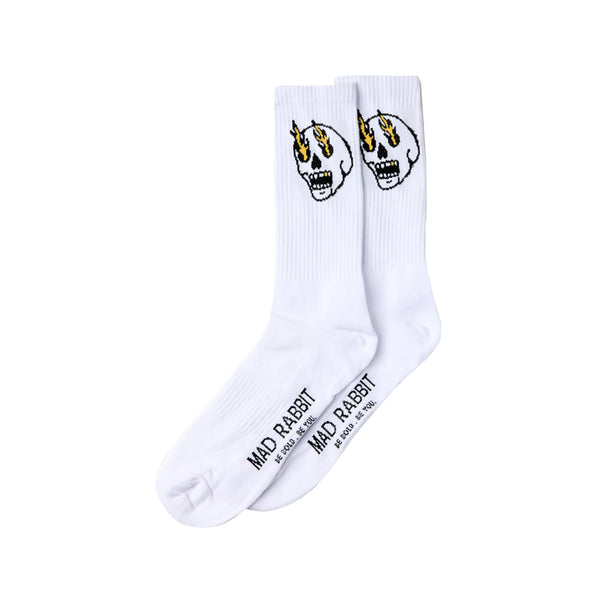

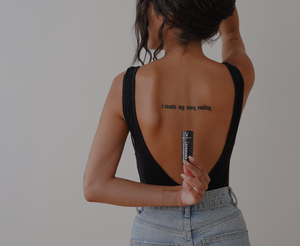
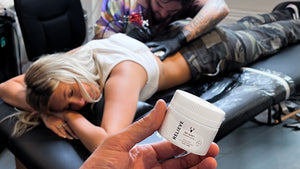

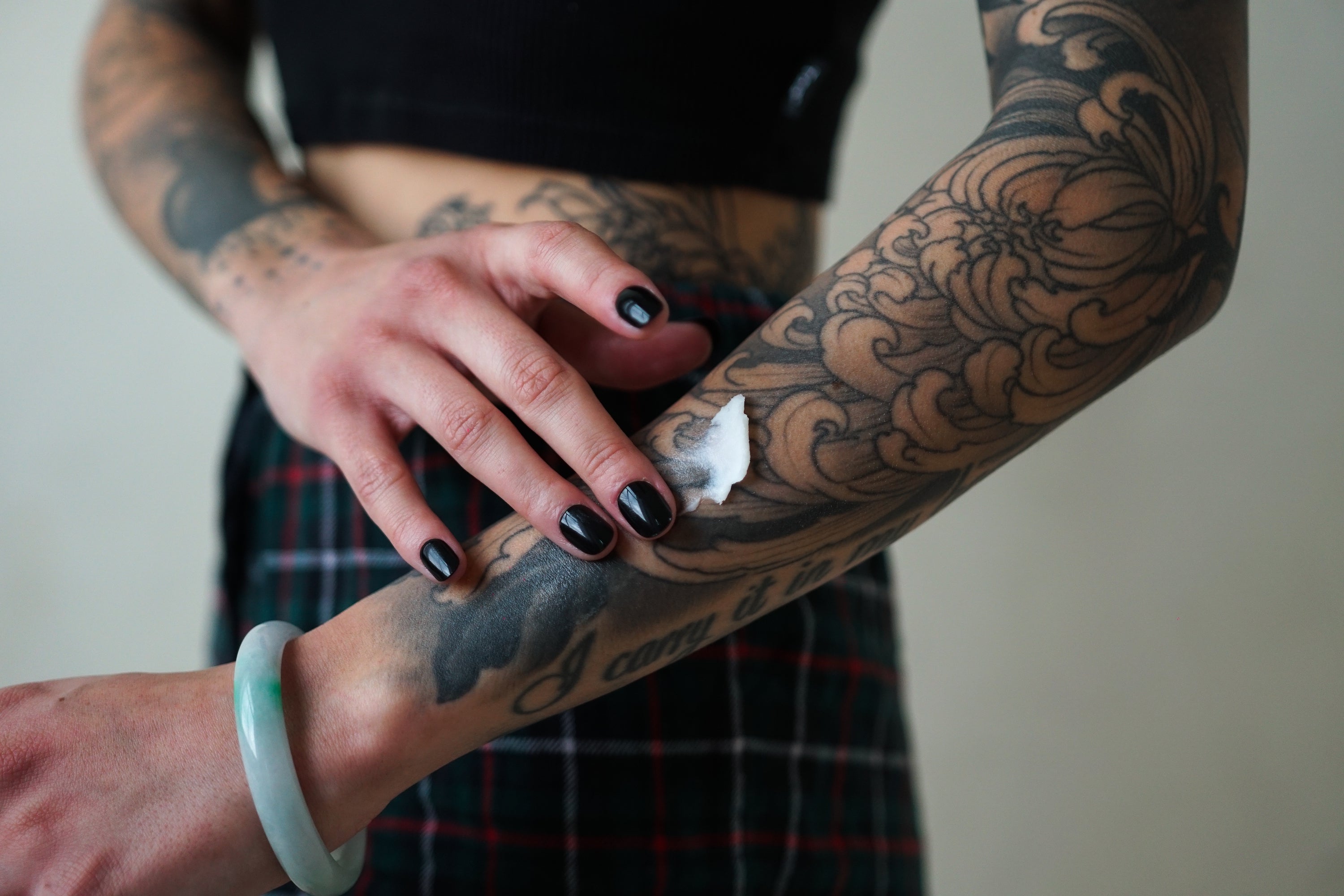
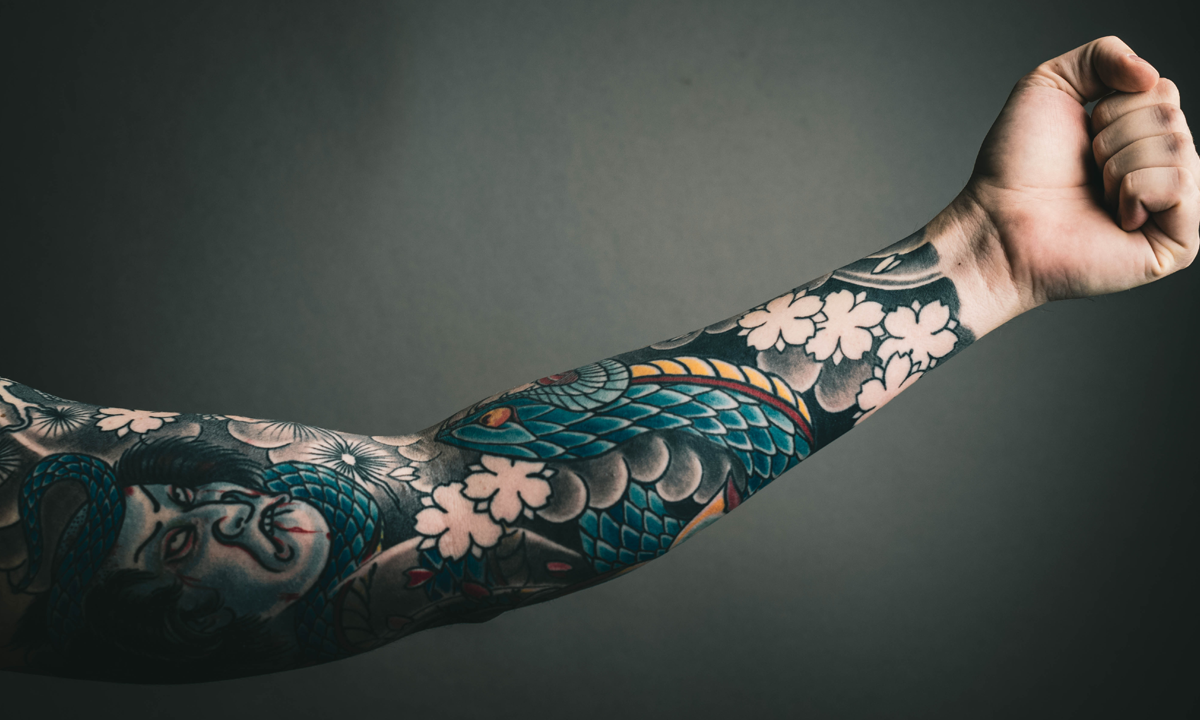
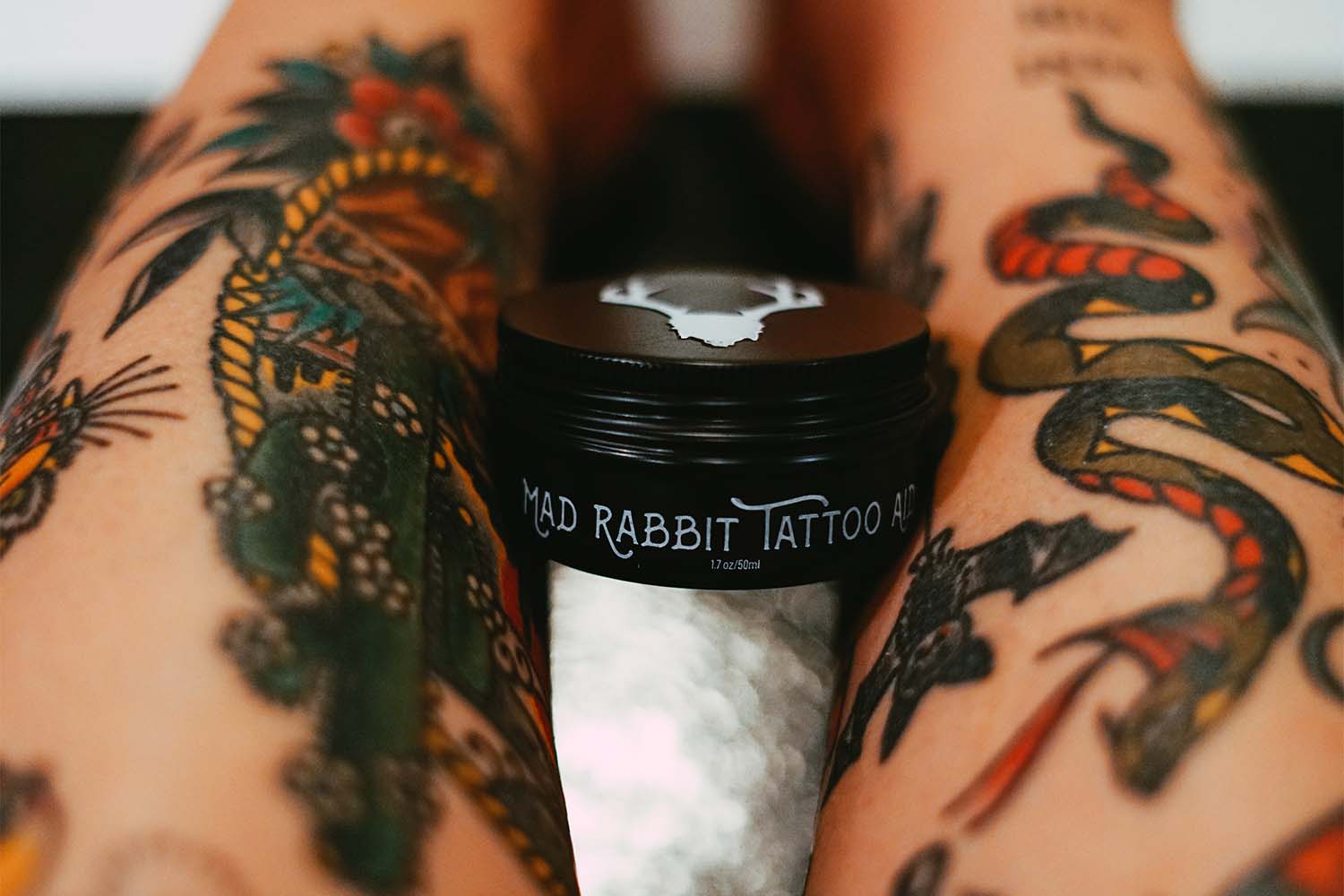
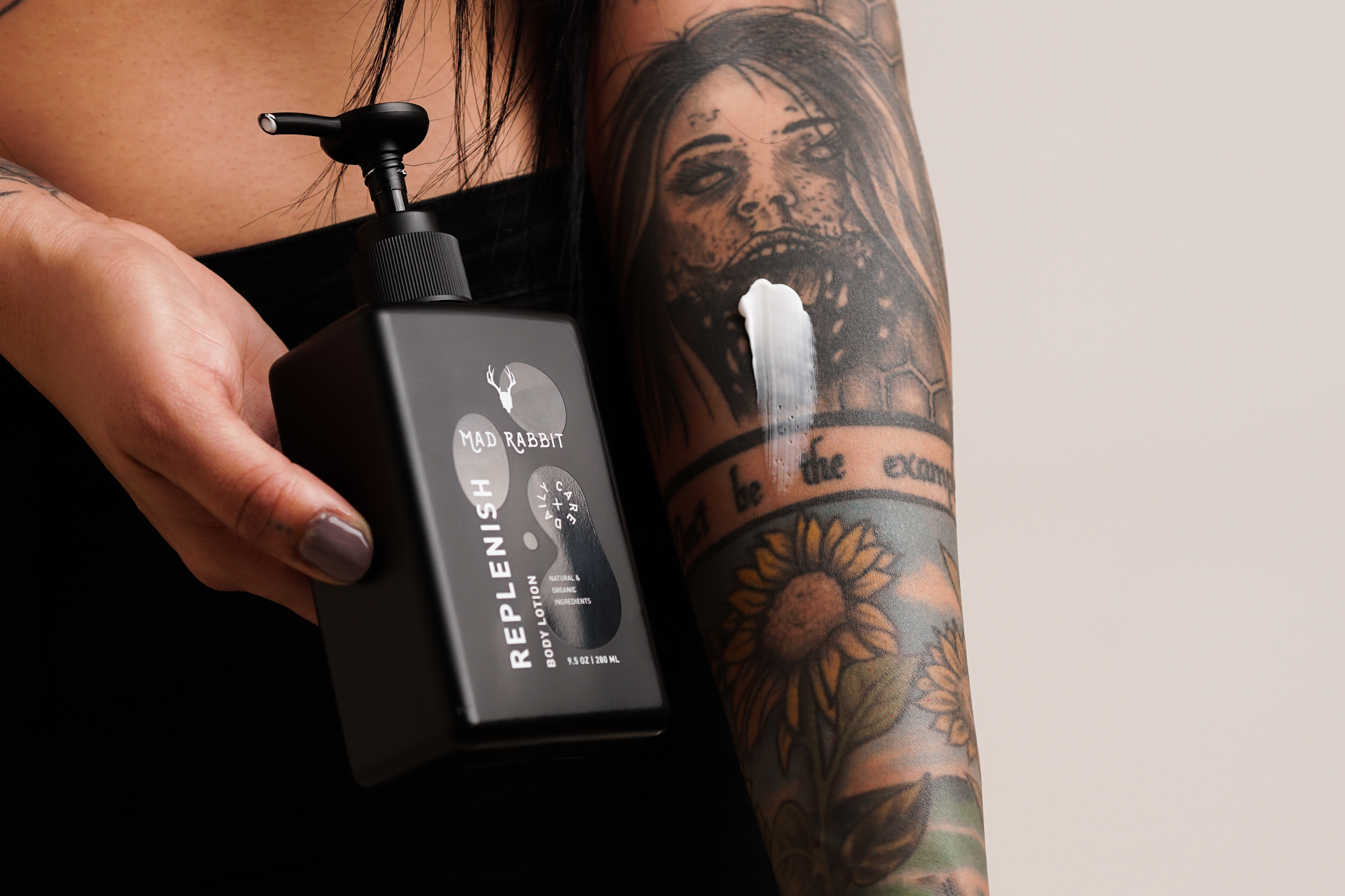
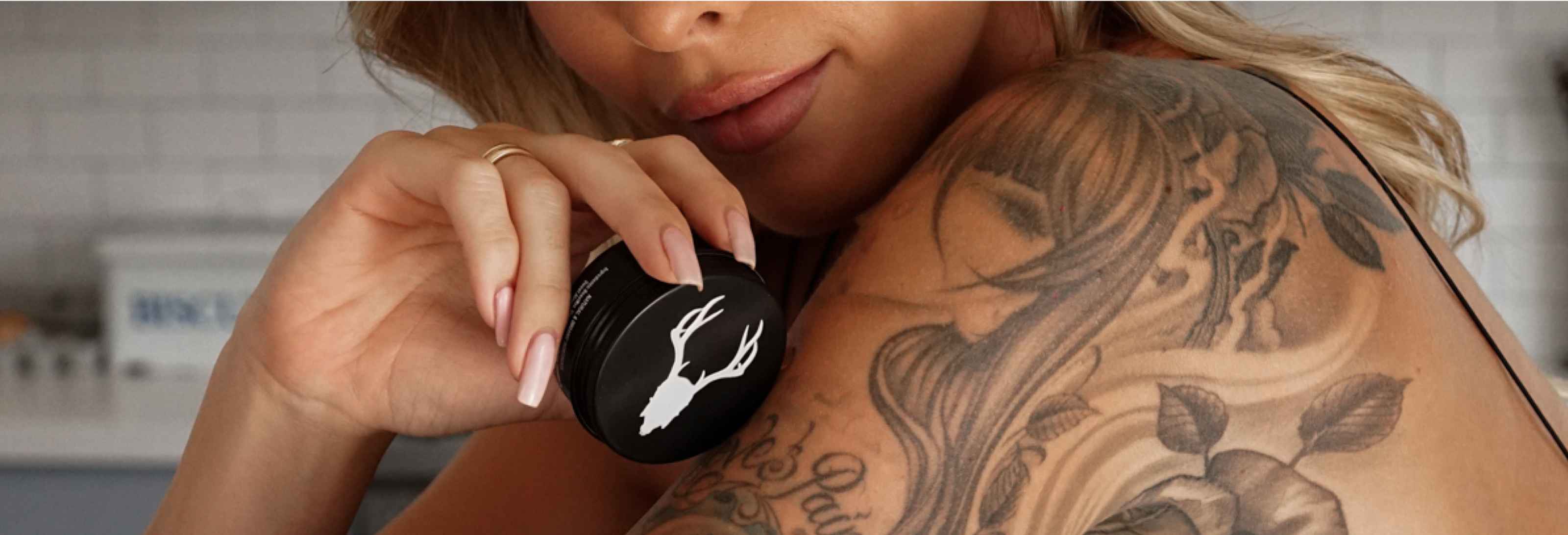
Join the discussion